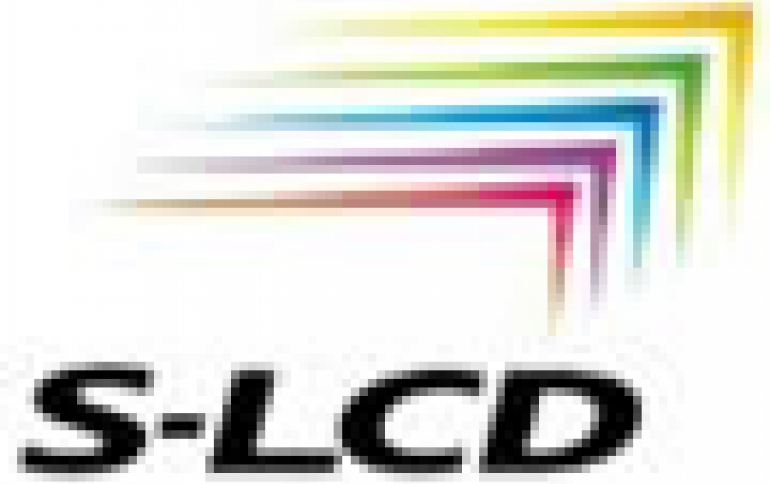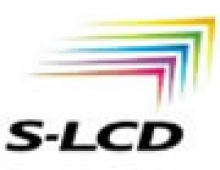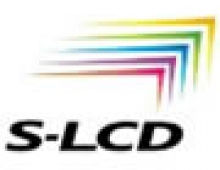
Sony to Sell LCD Venture Stake to Samsung
Samsung said Monday that it has agreed to end its joint
liquid crystal display (LCD) display venture with Sony
as the global panel industry continues to struggle with
a prolonged downturn in TV demand.
Sony will sell its nearly 50 percent stake in S-LCD
joint venture with Samsung to the South Korean company
for $940 million, as it struggles to reduce huge losses
at its TV business.
Concurrently, the two companies have entered into a new strategic agreement for the supply and purchase of LCD panels with a goal of enhancing the competitiveness of both companies. The agreement also allows Sony and Samsung to continue cooperative engineering efforts focused on LCD panel technology.
The move comes as Sony is aiming at switching to cheaper outsourcing for flat screens for its TVs while Samsung pushes ahead with next-generation displays. Sony's TV operations continued to suffer quarterly operating losses, hit by a slump in LCD TV demand. Samsung, the world's largest LCD panel maker, merged its LCD unit with its semiconductor division earlier this year, in a bid to help facilitate a faster turnaround.
For Sony, this transaction will enable it to monetize its shares in S-LCD and aims to secure a flexible and steady supply of LCD panels from Samsung, based on market prices and without the responsibility and costs of operating a manufacturing facility. With whole ownership of S-LCD, Samsung anticipates heightened flexibility, speed and efficiency in both panel production and business operations.
Sony, the world?s No. 3 TV maker, is streamlining its main TV operation, which is estimated to lose 175 billion yen in the year to March. Last month, Sony predicted it will post a loss in the year to March 31 after the company slashed its TV sales target and the yen reached a postwar high.
The Japanese company lagged behind Samsung and LG Electronics in the global TV market last year, with 12 percent of sales, according to DisplaySearch. In the U.S., Samsung and Vizio had the biggest share for flat-panel televisions, based on research from IHS iSuppli.
Last March, Sony agreed to sell 90 percent of a TV factory in Nitra, Slovakia, to Hon Hai Precision Industry Co., after disposing of 90 percent of its largest North American TV-making site to Taipei-based Hon Hai. Sony also agreed to sell a TV facility in Barcelona in September.
Earlier this year, Sony agreed to divest its money-losing smaller-sized LCD business to a government-backed fund, which also bought a similar unit from Toshiba and Hitachi expenses at its marketing units.
Established in April 2004, S-LCD has continued to deliver cost-competitive LCD panels to both of its parent companies, contributing to the expansion of the respective parties' TV businesses, and the large-sized LCD TV market overall. However, LCD panel and TV market conditions have now changed. In order to respond to such challenging conditions and to strengthen their respective market competitiveness, the two companies have agreed to shift to a new LCD panel business alliance.
The share transfer and payment are targeted to close by the end of January 2012, subject to necessary approvals from regulatory authorities.
In related news, Samsung said Monday that it will absorb its liquid-emitting diode (LED) affiliate in a bid to streamline its businesses.
The tech behemoth, which already owns a 50-percent stake in Samsung LED Co., will buy the remaining 50-percent stake in the LED maker from Samsung Electro-Mechanics Co., it said.
The absorbed unit will become part of Samsung Electronics' larger component businesses that encompass semiconductors and liquid crystal display (LCD) panels.
Concurrently, the two companies have entered into a new strategic agreement for the supply and purchase of LCD panels with a goal of enhancing the competitiveness of both companies. The agreement also allows Sony and Samsung to continue cooperative engineering efforts focused on LCD panel technology.
The move comes as Sony is aiming at switching to cheaper outsourcing for flat screens for its TVs while Samsung pushes ahead with next-generation displays. Sony's TV operations continued to suffer quarterly operating losses, hit by a slump in LCD TV demand. Samsung, the world's largest LCD panel maker, merged its LCD unit with its semiconductor division earlier this year, in a bid to help facilitate a faster turnaround.
For Sony, this transaction will enable it to monetize its shares in S-LCD and aims to secure a flexible and steady supply of LCD panels from Samsung, based on market prices and without the responsibility and costs of operating a manufacturing facility. With whole ownership of S-LCD, Samsung anticipates heightened flexibility, speed and efficiency in both panel production and business operations.
Sony, the world?s No. 3 TV maker, is streamlining its main TV operation, which is estimated to lose 175 billion yen in the year to March. Last month, Sony predicted it will post a loss in the year to March 31 after the company slashed its TV sales target and the yen reached a postwar high.
The Japanese company lagged behind Samsung and LG Electronics in the global TV market last year, with 12 percent of sales, according to DisplaySearch. In the U.S., Samsung and Vizio had the biggest share for flat-panel televisions, based on research from IHS iSuppli.
Last March, Sony agreed to sell 90 percent of a TV factory in Nitra, Slovakia, to Hon Hai Precision Industry Co., after disposing of 90 percent of its largest North American TV-making site to Taipei-based Hon Hai. Sony also agreed to sell a TV facility in Barcelona in September.
Earlier this year, Sony agreed to divest its money-losing smaller-sized LCD business to a government-backed fund, which also bought a similar unit from Toshiba and Hitachi expenses at its marketing units.
Established in April 2004, S-LCD has continued to deliver cost-competitive LCD panels to both of its parent companies, contributing to the expansion of the respective parties' TV businesses, and the large-sized LCD TV market overall. However, LCD panel and TV market conditions have now changed. In order to respond to such challenging conditions and to strengthen their respective market competitiveness, the two companies have agreed to shift to a new LCD panel business alliance.
The share transfer and payment are targeted to close by the end of January 2012, subject to necessary approvals from regulatory authorities.
In related news, Samsung said Monday that it will absorb its liquid-emitting diode (LED) affiliate in a bid to streamline its businesses.
The tech behemoth, which already owns a 50-percent stake in Samsung LED Co., will buy the remaining 50-percent stake in the LED maker from Samsung Electro-Mechanics Co., it said.
The absorbed unit will become part of Samsung Electronics' larger component businesses that encompass semiconductors and liquid crystal display (LCD) panels.




















